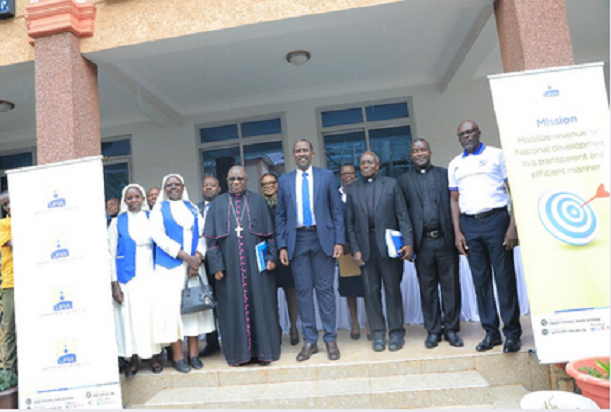Global childhood immunization coverage stalled in 2023, leaving 2.7 million additional children un and under-vaccinated compared to pre-pandemic levels in 2019, according to data published on Monday by the World Health Organization (WHO) and UNICEF.
The latest WHO and UNICEF estimates of national immunization coverage (WUENIC) which provide the world’s largest and most comprehensive dataset on immunization trends for vaccinations against 14 diseases underscore the need for ongoing catch-up, recovery, and system-strengthening efforts.
“The latest trends demonstrate that many countries continue to miss far too many children,” said UNICEF Executive Director Catherine Russell. “Closing the immunization gap requires a global effort, with governments, partners, and local leaders investing in primary healthcare and community workers to ensure every child gets vaccinated, and that overall healthcare is strengthened.”
According to the findings, the number of children who received three doses of the vaccine against diphtheria, tetanus, and pertussis (DTP) in 2023 stalled at 84% (108 million). However, the number of children who did not receive a single dose of the vaccine increased from 13.9 million in 2022 to 14.5 million in 2023. More than half of unvaccinated children live in the 31 countries with fragile, conflict-affected, and vulnerable settings, where children are especially vulnerable to preventable diseases because of disruptions and lack of access to security, nutrition, and health services.
Additionally, 6.5 million children did not complete their third dose of the DTP vaccine, which is necessary to achieve disease protection in infancy and early childhood. These trends, which show that global immunization coverage has remained largely unchanged since 2022 and has still not returned to 2019 pre-COVID-19 pandemic levels, experts say reflect ongoing challenges with disruptions in healthcare services, logistical challenges, vaccine hesitancy, and inequities in access to services.
As a result of low vaccine coverage, a WHO statement shows some countries are already experiencing measles outbreaks and yet the latest data shows nearly 35 million children are either not vaccinated against measles or they have only received partial protection. In 2023, only 83% of children worldwide received their first dose of the measles vaccine through routine health services, while the number of children receiving their second dose modestly increased from the previous year, reaching 74% of children.
These figures fall short of the 95% coverage needed to prevent outbreaks, avert unnecessary disease and deaths, and achieve measles elimination goals. Over the last five years, measles outbreaks hit 103 countries and low vaccine coverage of about 80% or less was a major factor. In contrast, 91 countries with strong measles vaccine coverage did not experience outbreaks. Currently, it’s estimated that nearly 3 in 4 infants live in countries where low vaccine coverage is driving measles outbreaks.
WHO Director-General Dr Tedros Adhanom Ghebreyesus says outbreaks of measles are only exposing the gaps in immunization yet the vaccine is cheap and can be delivered even in the most difficult places. However, when it comes to HPV vaccines which offer protection from among others cervical cancer, new data shows more girls took their shots last year.
For example, the share of adolescent girls globally who received at least 1 dose of the HPV vaccine increased from 20% in 2022 to 27% in 2023. This was largely driven by strong introductions in Gavi-supported countries, such as Bangladesh, Indonesia, and Nigeria. The use of the single-dose HPV vaccine schedule also helped boost vaccine coverage.
Generally, data shows HPV vaccines are now available to over 50% of eligible girls in Africa, still below the 90% access target for cervical cancer to be eliminated as a public health problem. With these findings, WHO calls for more action to reach everyone, everywhere with vaccines.
While there’s been modest progress in some regions, including the African region and low-income countries, the latest estimates highlight the need to accelerate efforts to meet the Immunization Agenda 2030 (IA2030) targets of 90% coverage, and no more than 6.5 million ‘zero-dose’ children globally by 2030.
-URN




